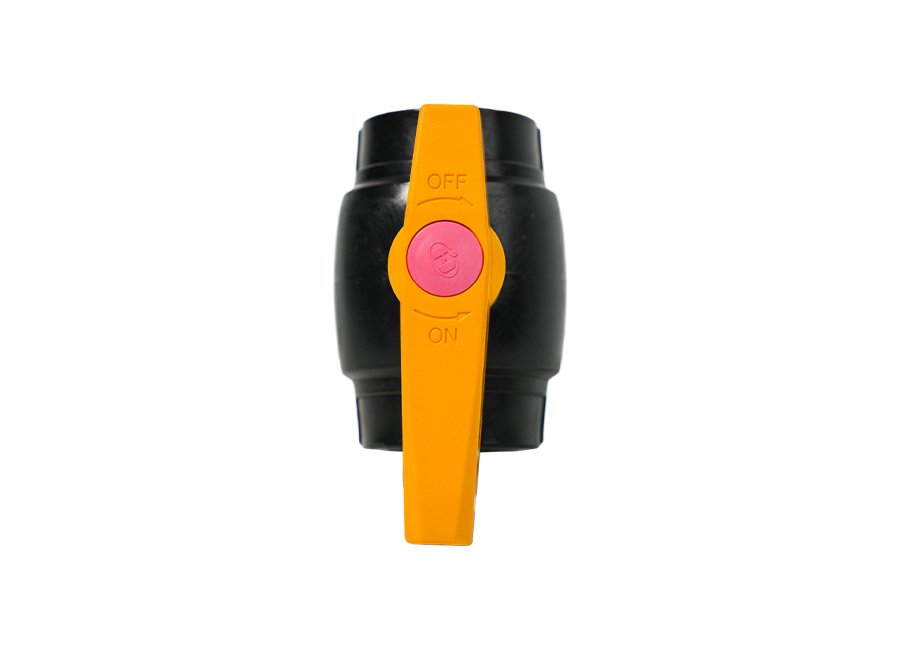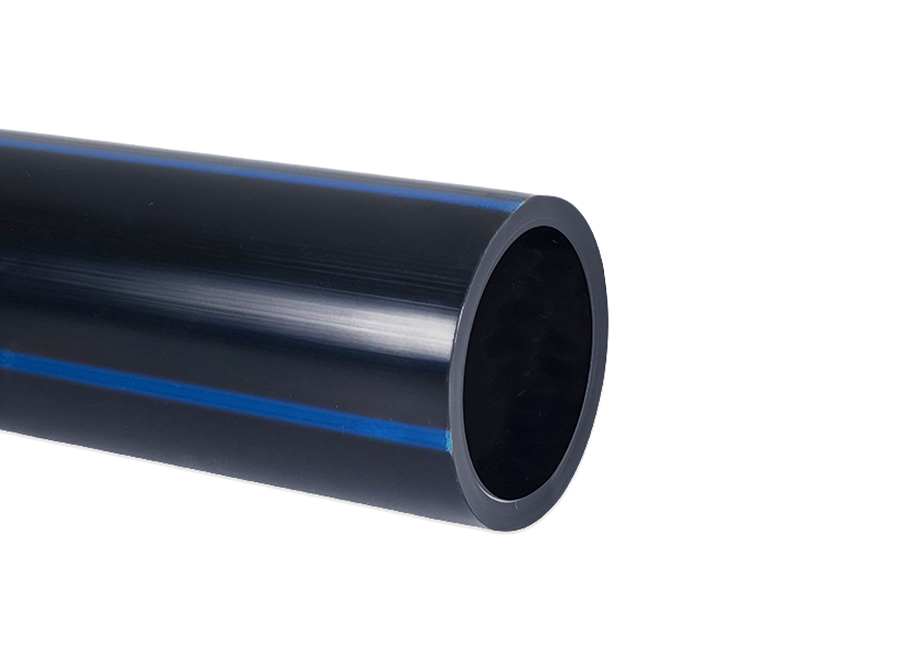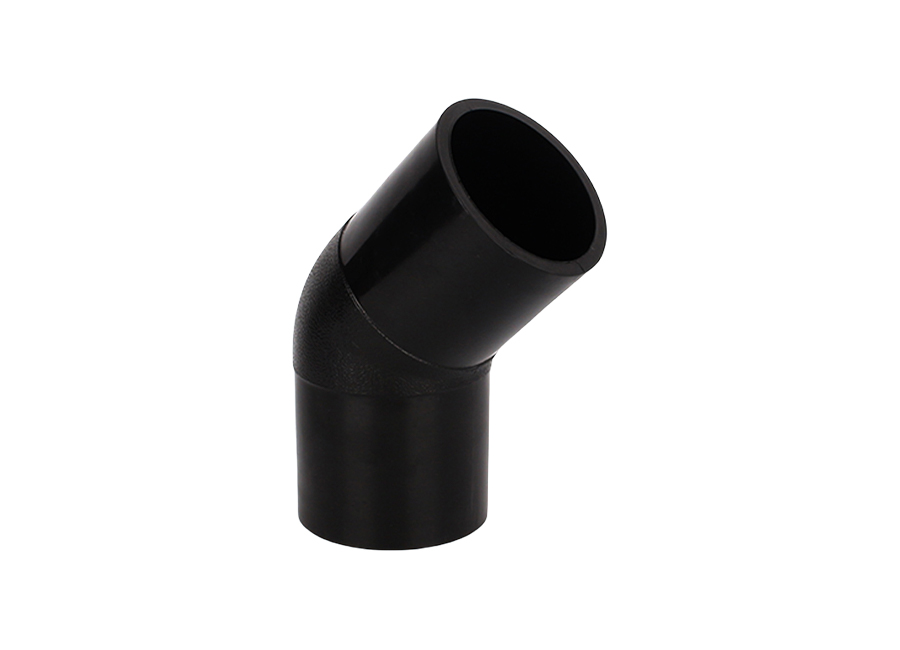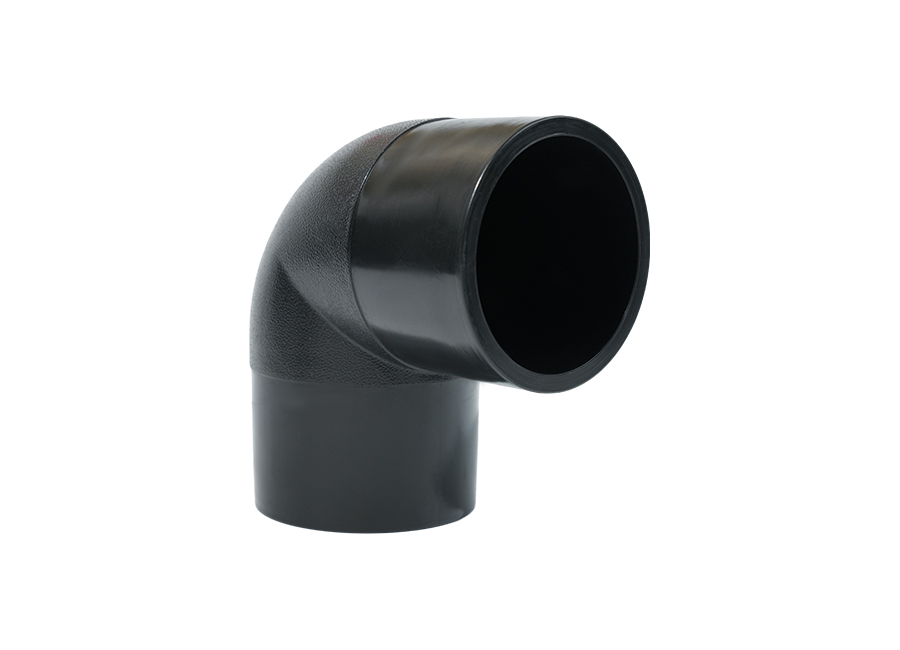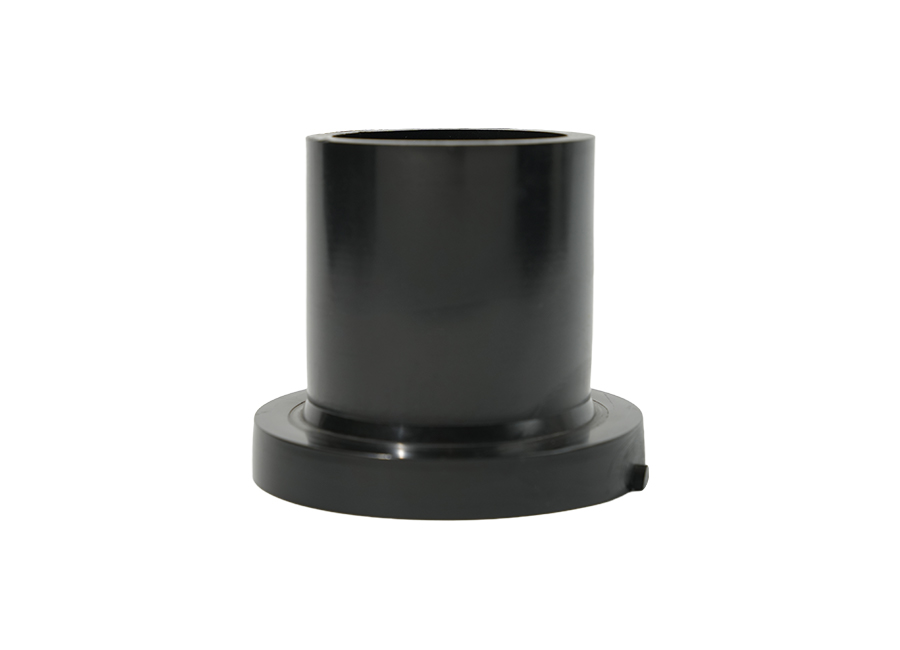Fire protection systems play a crucial role in safeguarding lives and properties, making their reliability and effectiveness of paramount importance. Key components of these systems are PE (polyethylene) and PVC (polyvinyl chloride) pipes and fittings, which ensure the efficient transportation of water and firefighting agents to combat fires effectively.
PE pipes have garnered attention for their high-pressure capabilities and corrosion resistance, making them an ideal choice for fire protection systems. These pipes transport water or firefighting agents with efficiency and reliability, ensuring effective fire suppression when it is needed. Their resistance to corrosion reduces the risk of pipe degradation, ensuring the long-term durability and reliability of the system.
PVC pipes have become a staple in fire protection systems due to their durability, affordability, and ease of installation. These lightweight pipes offer a cost-effective solution for transporting water in fire sprinkler systems and hydrant networks. PVC's resistance to chemicals and low maintenance requirements further contribute to the reliability and cost-effectiveness of fire protection systems.
Ensuring safety and compliance with building codes and regulations is a top priority in fire protection. PE and PVC pipes and fittings have undergone rigorous testing and meet industry standards for fire protection applications. Their reliability and adherence to safety regulations provide building owners and occupants with peace of mind, knowing that their fire protection systems are equipped to handle emergencies effectively.
In addition to their functional benefits, PE and PVC pipes and fittings are designed to facilitate quick and efficient system deployment. Their ease of installation reduces labor costs and allows for swift implementation, ensuring that fire protection systems are readily available in residential, commercial, and industrial settings.
By utilizing reliable pipe and fitting systems, fire protection professionals can design and implement robust fire suppression systems. These systems not only protect lives and properties but also contribute to the overall safety and security of communities.
In conclusion, the reliability and effectiveness of fire protection systems rely on the quality and performance of PE and PVC pipes and fittings. Their high-pressure capabilities, corrosion resistance, durability, and affordability make them indispensable components of fire safety infrastructure. By incorporating these reliable systems, building owners and communities can ensure the safety and well-being of individuals and properties in the face of fire emergencies.

 English
English 中文简体
中文简体 русский
русский عربى
عربى




